The (haunted) Historic Scott County Jail
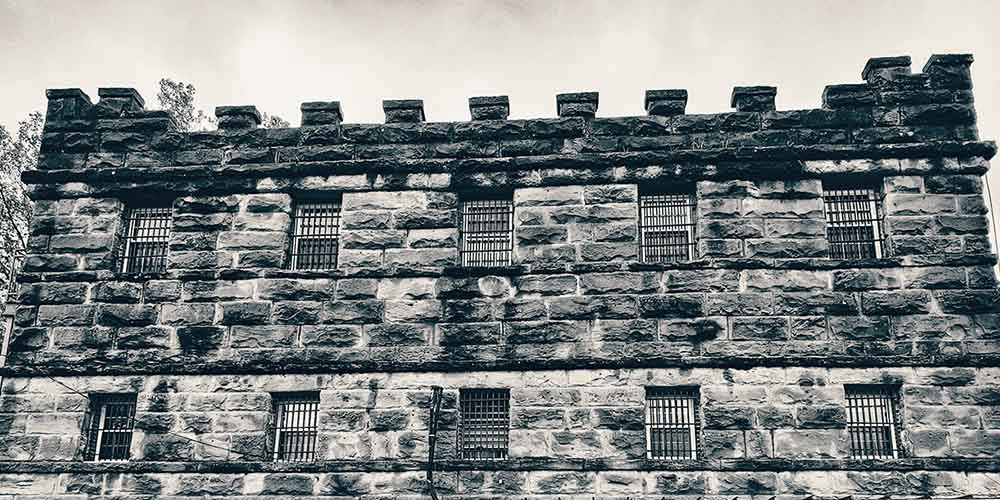
Yes, I spent the night in a haunted jail in rural northeast Tennessee. And if you’re looking for a fun and exciting adventure, you can, too!
What is the Toilet Monster?

The toilet monster lives in your septic tank. When anyone in the household squats down to use the facilities, they lure the monster out.
Is the Bell Witch real?
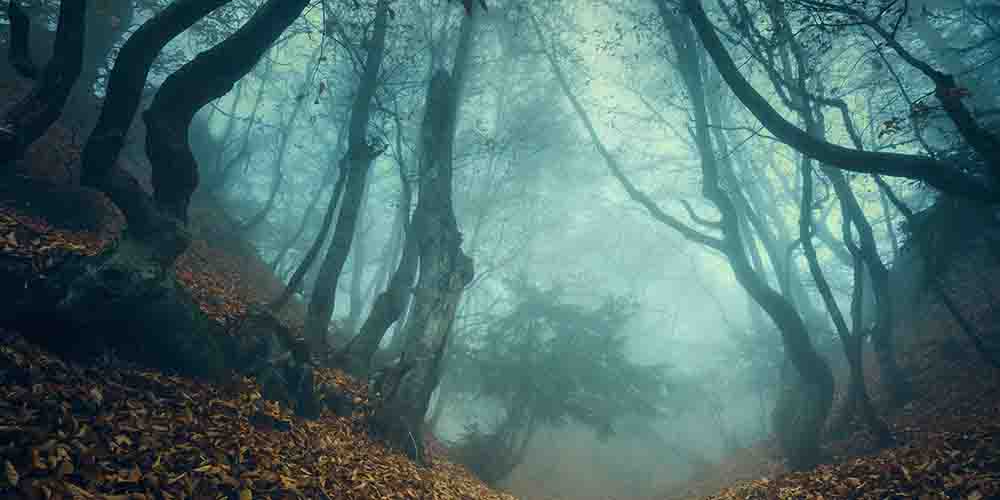
Is the famous Bell Witch real? Check out some of the history and lore and decide for yourself if the Bell Witch legend is real or lore.
What is haint blue?
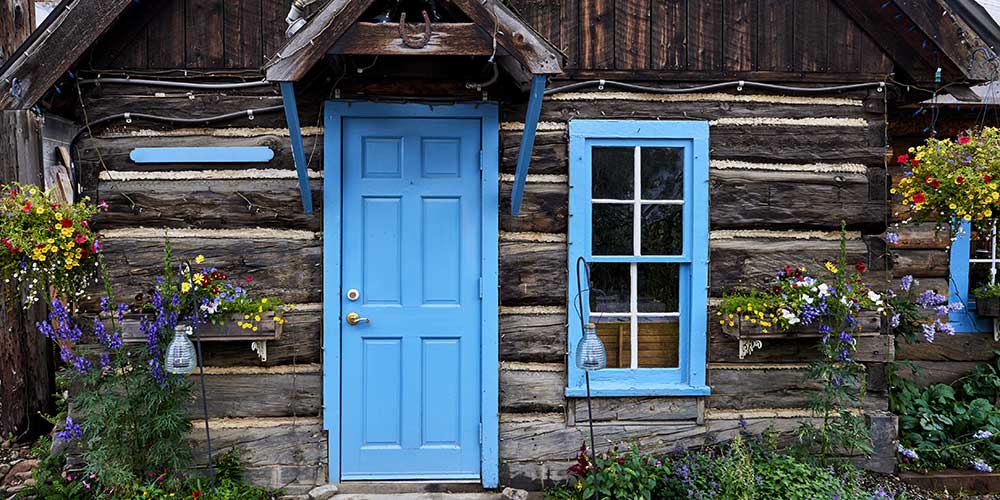
Haint blue is a light blue color used to keep nasty supernatural creatures out of your home. Find out why and where the word comes from.
Ghosts Are A-Holes: A true ghost story involving a Ouija board
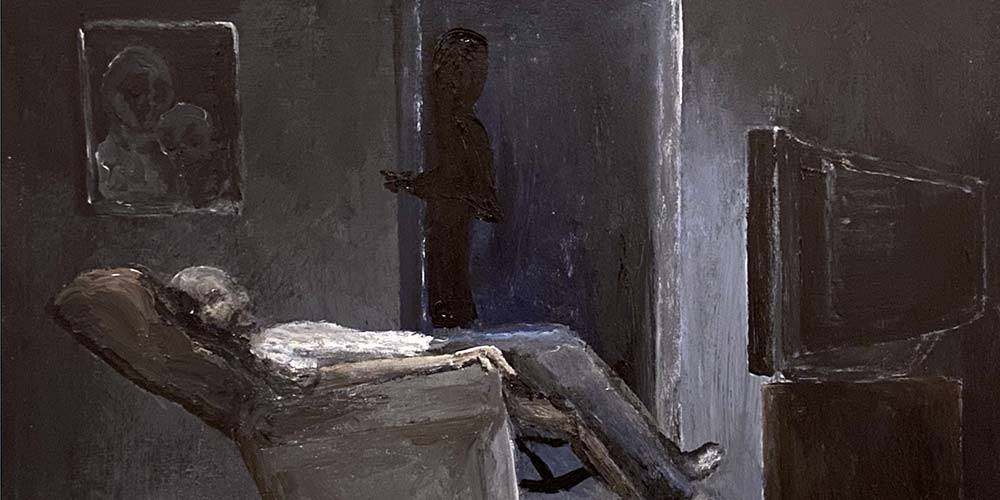
On this spooky podcast episode, 6 teen girls break out the Ouija board as a fun party trick. What ensues is far less fun.
Legend of the Bell Witch and How One Mean Ass Ghost Lady Still Haunts Pop Culture
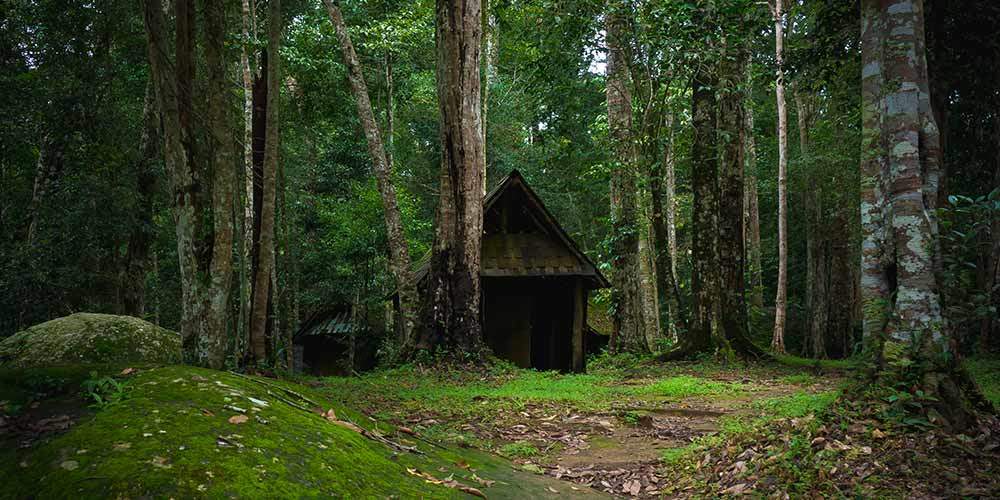
What is the legend of the Bell Witch? Was she real? And how is she portrayed in pop culture? Get the scoop on this Tennessee legend.
Sometimes, There’s Just Ghosts
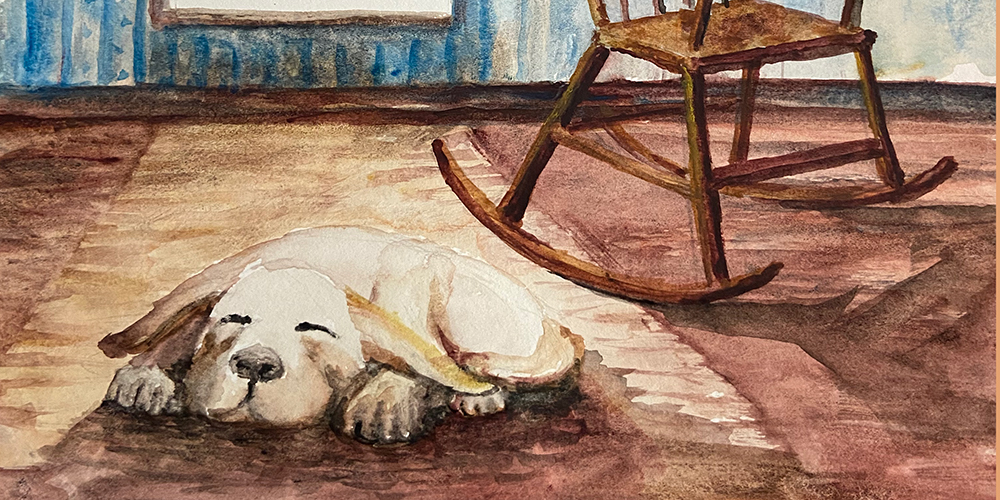
Meet the mesmerizing Hannah Harvey, a childhood friend of Becky’s who is lucky enough to tell stories as her profession!
I’d Be Angry Too If I Were That Dead: An Imaginary Friend Full of Rage
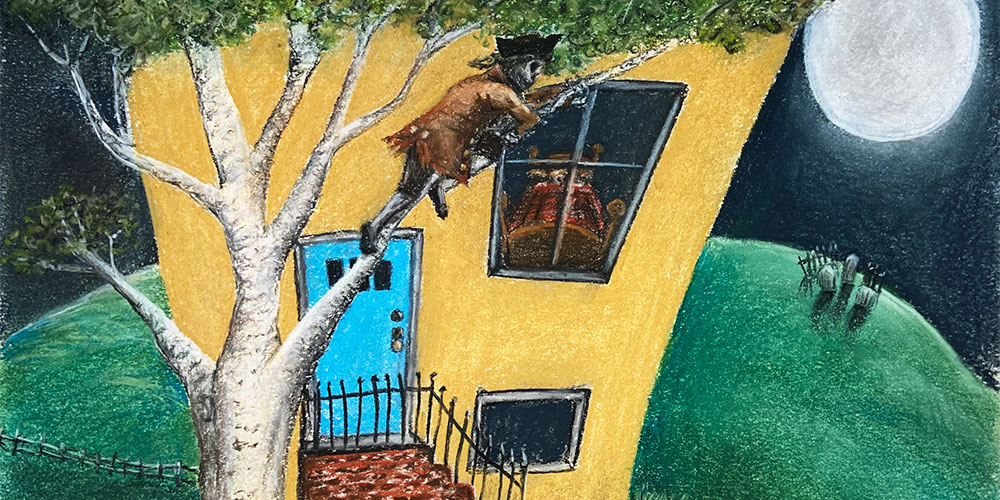
You’ve heard snippets about Becky’s childhood “imaginary” frenemy…now at long last, here is the story of her first ghost encounter.
Haunted Waters of the Holston River
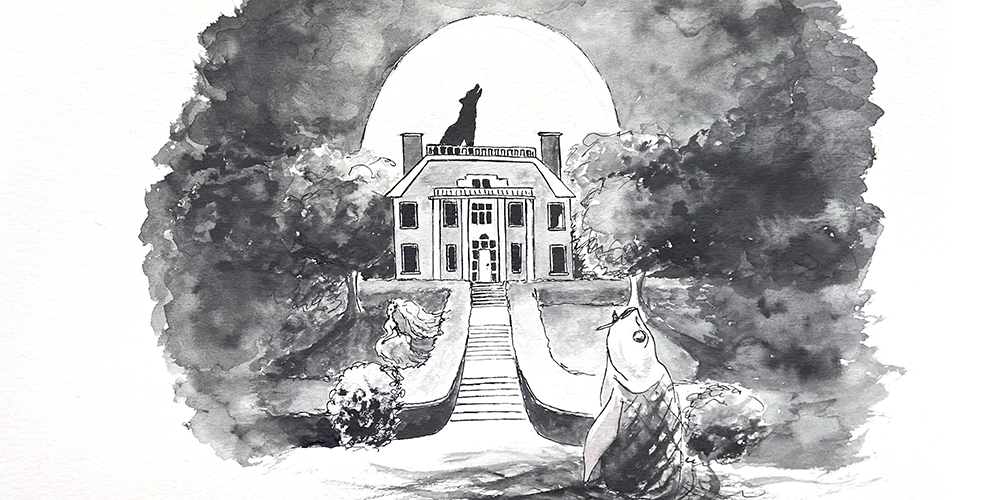
Many say that water can carry the memories of the dead and amplify their voices. That may be true for the waters running through this town.
